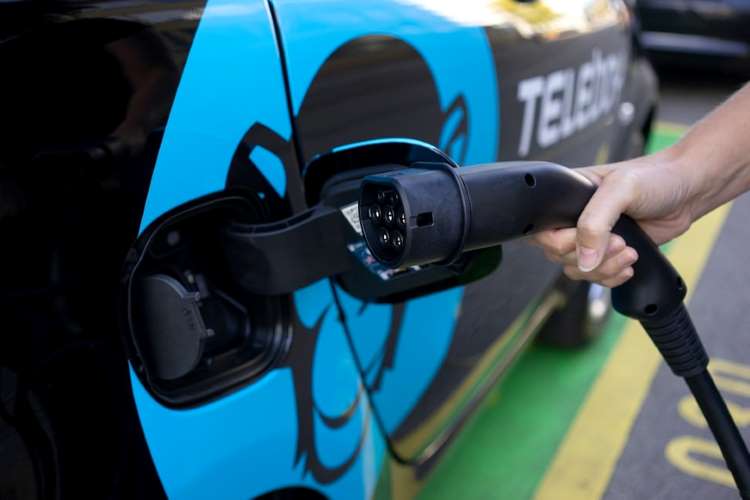Green hydrogen prices: The Russian invasion of Ukraine has thrown the global energy economy in disarray with crude and natural gas prices touching levels unseen since 2008. The benchmark Brent crude has soared to nearly $140 a barrel on fears of a US ban on Russian oil. Russia exports 7 million barrels of crude and petrochemical products per day, making it the largest exporter with a share of around 7% in the global market.
While soaring energy prices could spell disaster for the global economy, they may have unintended positive consequences for the world’s war on climate change. The Ukraine crisis has pushed natural gas prices to such levels that grey hydrogen is now more expensive that green hydrogen. A prolonged crisis in eastern Europe would make renewable hydrogen a viable option faster than was forecasted earlier.
READ I Green hydrogen: Prices to fall as cheap electrolysers set to hit market
Green hydrogen vs grey hydrogen
Green hydrogen is produced using renewable energy while grey hydrogen production uses fossil fuels. Grey hydrogen entails a production cost of $6.71/kg for Europe, the Middle East and Africa whereas green hydrogen prices hover around $4.84-6.68/kg. The production cost of green hydrogen in China is around $3.22/kg because the country uses domestic electrolysers that are considerably cheaper.
Russia has warned that the world will see crude prices in the vicinity of $300 per barrel if the crisis prolongs. It has hinted at the possibility of shutting down the Russia-Germany gas pipeline in retaliation to possible sanctions. US Secretary of State Antony Blinken had earlier said that the US and allies were considering a ban on oil imports from Russia.
The Ukraine crisis has triggered a flurry of activity in the hydrogen industry. The global market for green hydrogen is expected to grow to $373.2 million by 2027 end from $185.3 million last year, growing 11.1% annually. Hydrogen can be easily transported from where it is produced to where it is used. This gives it immense advantage over other types of storage systems like batteries. Hydrogen can be transported in large quantities using pipelines and ships. It can also be transported in the form of ammonia, which is a cheaper way of transportation.
India has recently announced a green hydrogen policy to back its international commitments to reduce carbon emissions and achieve net zero by 2070. According to a forecast by rating agency ICRA, the demand for hydrogen will grow 3.5-4% annually in the current decade. Currently, most of the country’s hydrogen output is grey hydrogen produced using fossil fuels. The government plans to introduce several steps to encourage the production of green hydrogen including purchase obligation.

